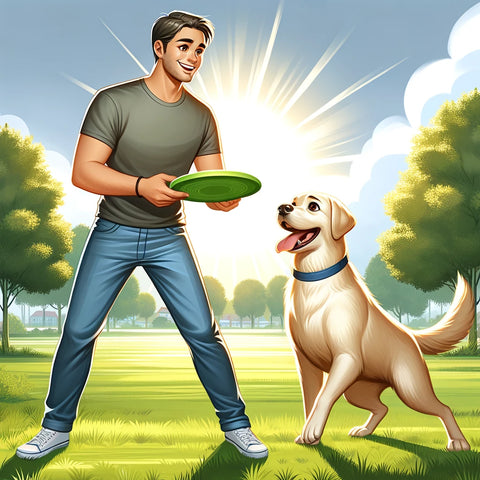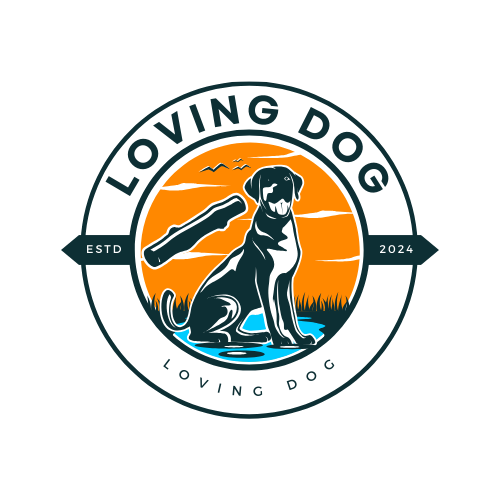How to Train a Reactive Dog
Hello dog lovers! Ever felt like walking your pup is more like wrangling a wild beast whenever another dog, human, or even a leaf blowing in the wind crosses your path? If that sounds all too familiar, you might just have a reactive dog on your hands. But no worries! We're here to dive into how to train a reactive dog with some tried-and-true tips that'll have you both enjoying those walks in no time. So, Let's get into it and have fun, shall we? 😘

Understanding Reactivity: It's Not About Being 'Bad'
First things first, let's get one thing straight. Your dog isn't being a jerk on purpose. Reactivity is often a result of fear, anxiety, or overexcitement. Getting to the root of these emotions is key to helping your furry friend learn to cope.
Creating a Solid Foundation 👊
-
Trust and Bonding: Before we even talk training, ensure you and your pup have a solid relationship. Trust and mutual respect are the bedrocks of any successful training.
-
Exercise: A tired dog is a happy dog, right? Well, it's also a less reactive dog. Regular, vigorous exercise can help burn off some of that nervous energy.
The Training Bits: Where the Magic Happens 🥇
-
Identify Triggers: Pay close attention to what sets off your dog. Other dogs? People? Squirrels planning world domination? Knowing these triggers is half the battle.
-
Master the U-Turn: When you see a trigger coming your way, turn and walk in the opposite direction. It's a simple move but teaches your dog that avoiding the trigger is okay.
-
Focus on Me: Teach your dog a cue like "look at me" or "focus." This redirects their attention from the trigger to you, offering a moment to praise and treat.
-
Create Positive Associations: Got a friend with a dog? Arrange controlled meetings where your dog can have positive interactions. Treats and praise make these meetings something to look forward to.
When the Going Gets Tough: Handling Setbacks 💪
-
Stay Calm: Your dog can pick up on your emotions, so if you're tense, they'll be too. Deep breaths. Stay calm and carry on.
-
Professional Help: Sometimes, it's okay to admit we're out of our depth. Dog trainers and behaviorists can offer invaluable help.
Consistency and Patience: Your Best Friends 🙏
Remember, retraining a reactive dog isn't going to happen overnight. It's a journey, with ups and downs. Consistency in training and patience with your pup (and yourself!) are your best allies.
Celebrate the Wins, No Matter How Small 🎉
Caught your dog looking at you instead of lunging at a squirrel? That's a win! Celebrate it. These small victories pave the way to a more peaceful life with your reactive furry friend.
Conclusion :
check out this fantastic wireless fence solution perfect for training (Paid AD)
Training a reactive dog is definitely a challenge, but it's also an opportunity to strengthen your bond with your pup. With understanding, patience, and a bit of work, you'll both be enjoying those walks, making new friends, and maybe even stopping to admire those pesky squirrels together. Happy training, folks!
